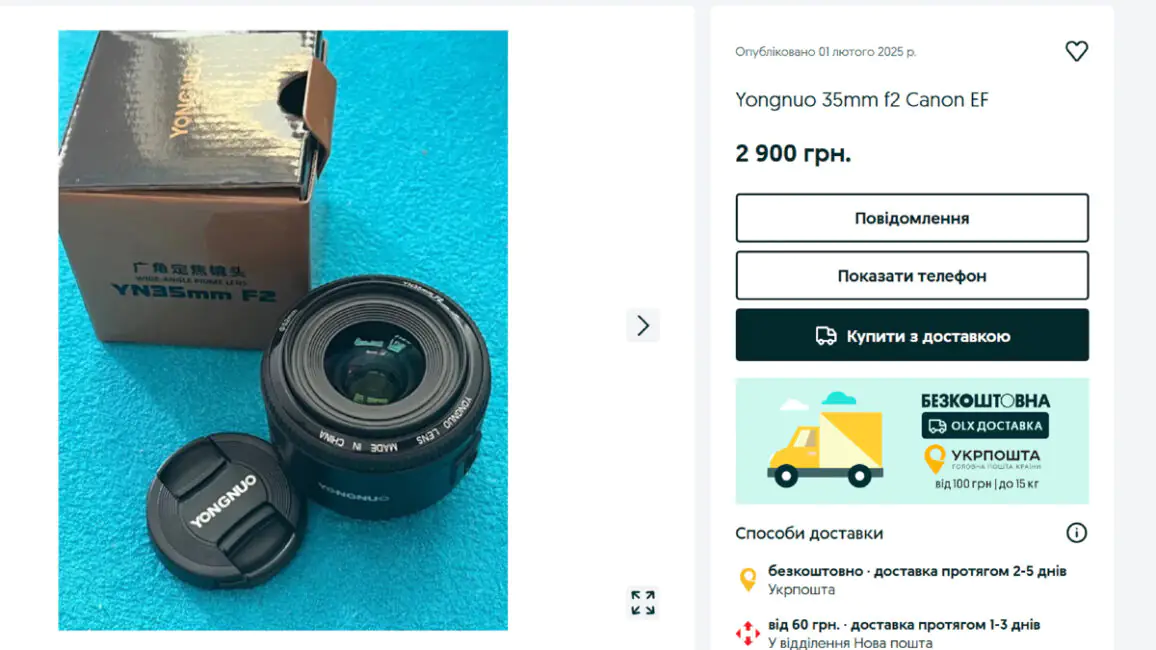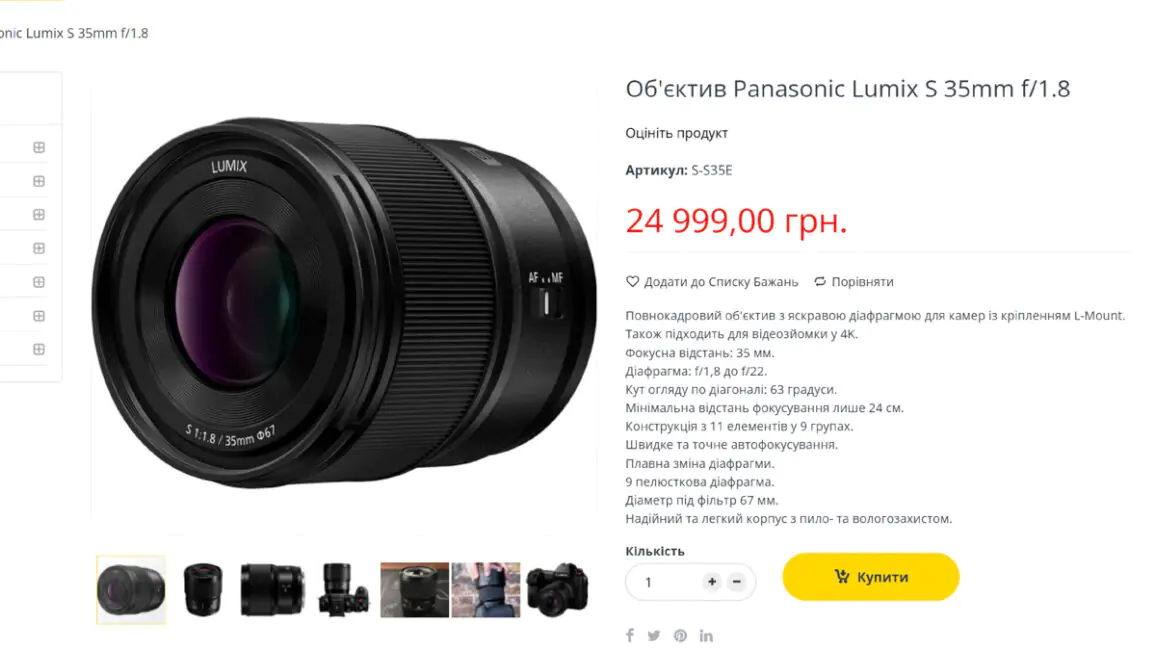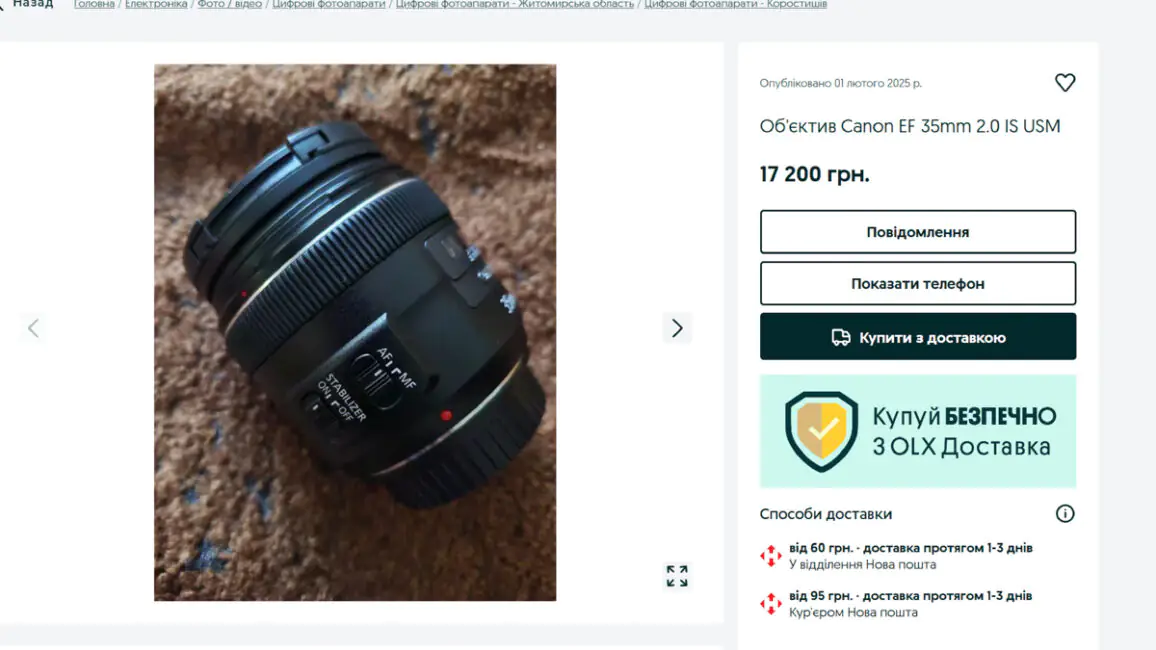© ROOT-NATION.com - Use of content is permitted with a backlink.
Perhaps the most significant decision I made for myself last year in my work was to move away from extensive 3-5 page write-ups and instead focus on making them concise and information-dense. I originally had five pages of material on the Yongnuo YN35 F2C—but I won’t be publishing them.
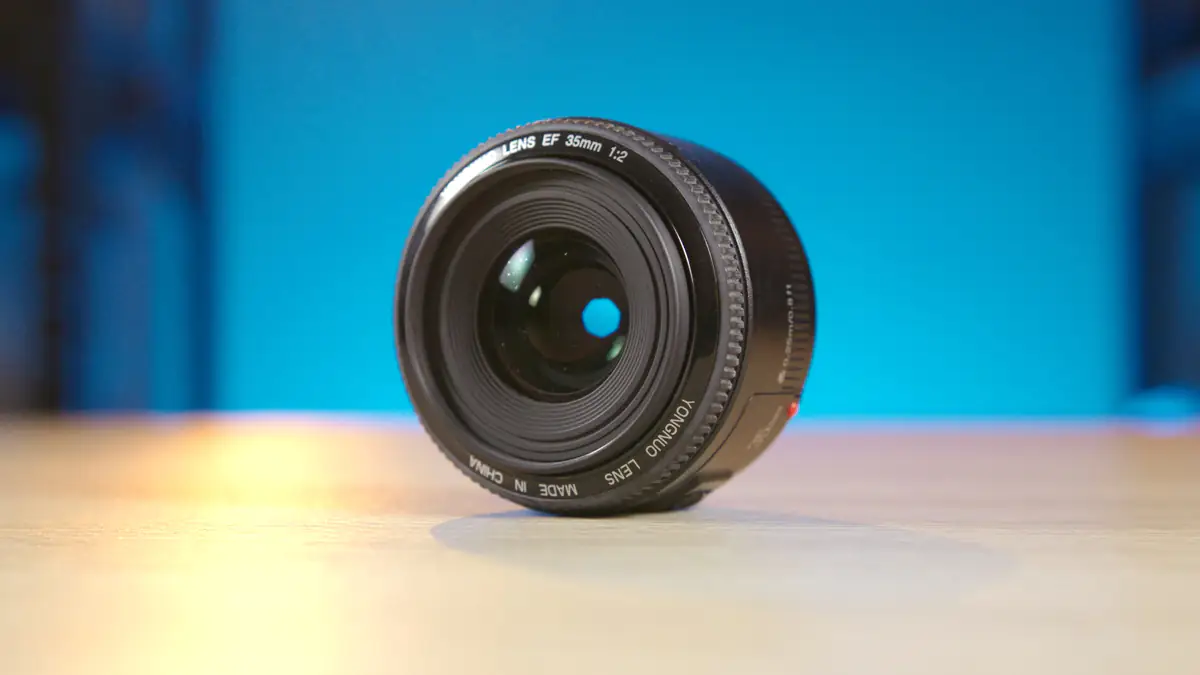
What I’ll publish instead is a user experience review. The F2C turned out to be far more problematic than I initially expected. That doesn’t take away from its usefulness—I still recommend it—but there are issues worth discussing.
Specifications
- Thread diameter for the filter: 52 mm
- Format: Full Frame
- Lens construction: 7 elements in 5 groups
- Minimum aperture: F/22
- Maximum aperture: F/2
- Weight: 155 g
- Bayonet:: Canon EF
- Viewing angles: diagonal 63°, vertical 38°, horizontal 54°
- Lens structure: 5 groups, 7 elements
- Aperture: 7 petals
- Maximum magnification: 0,23x
- Minimum focusing distance: 0,25 м
- Motor: STM
Video review of Yongnuo YN35 F2C

Importance
If not for a few drawbacks, the Yongnuo YN35 F2C could have been one of the most significant lenses available. And that’s not an exaggeration. There are three key reasons for this.
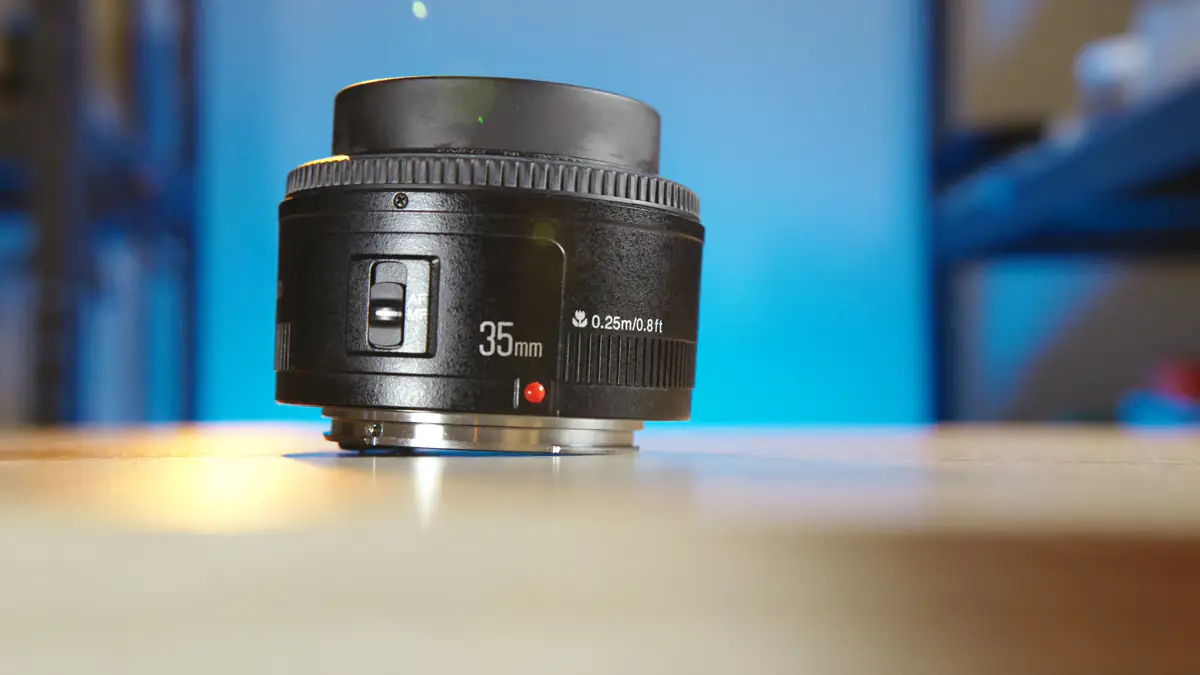
First, the 35mm focal length on a full-frame sensor is one of the most versatile and widely used options. It works equally well for capturing a stunning portrait or framing a building during a travel shoot. In many ways, 35mm serves as a baseline. If you consider yourself even a slightly versatile photographer or videographer, your starting point shouldn’t be 25mm or 50mm—it should be 35mm.
Second, the lens is extremely affordable. A brand-new unit costs around $120, while used ones can sometimes be found for under $80. In comparison, similar lenses from major brands with comparable core specifications typically range between $250 and $500.
This isn’t immediately obvious because the YN35 for Canon has been around for nearly a decade. Most comparisons with branded lenses happened so long ago that many of those original alternatives are no longer available. So when someone in a six-year-old video says it’s better to buy a branded Canon EF lens for $200, they were right—at the time. But now, those Canon EF lenses have largely disappeared from the market, while the YN35 is still in mass production.
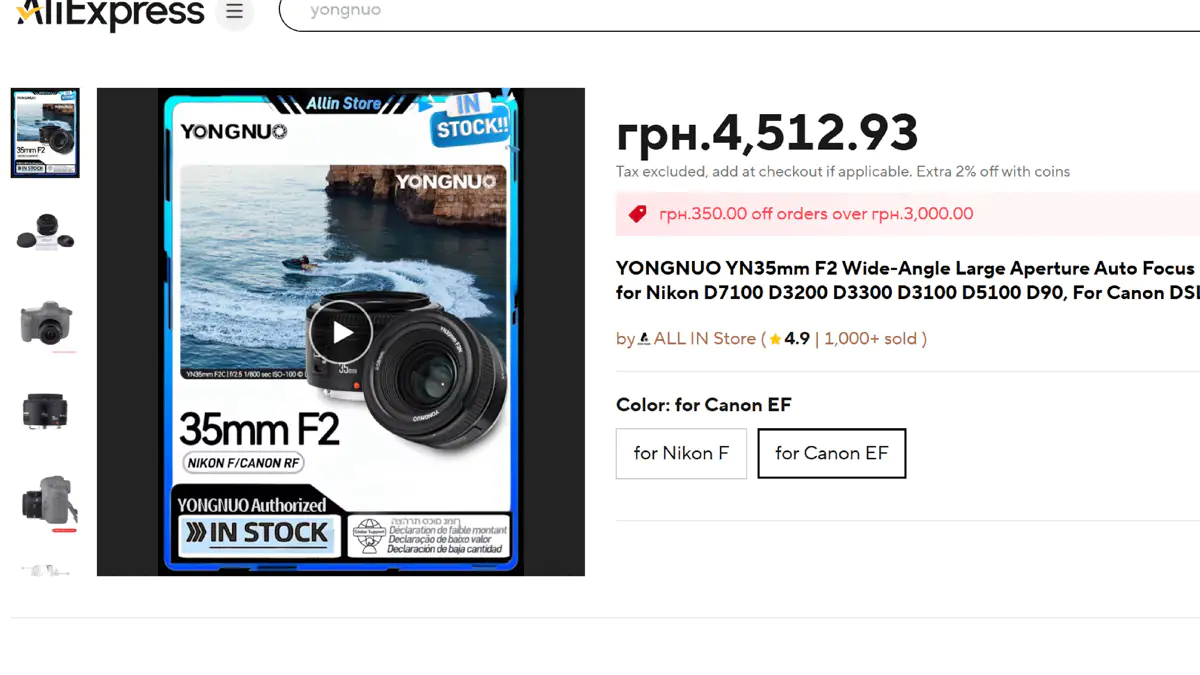
Third, the Yongnuo YN35 F2C isn’t just an autofocus lens—it’s also fast, full-frame, and compatible with the EF mount. That means it works well for portraits, video shooting, and a wide range of mirrorless cameras with adapters. Just take a moment to consider what that really means.
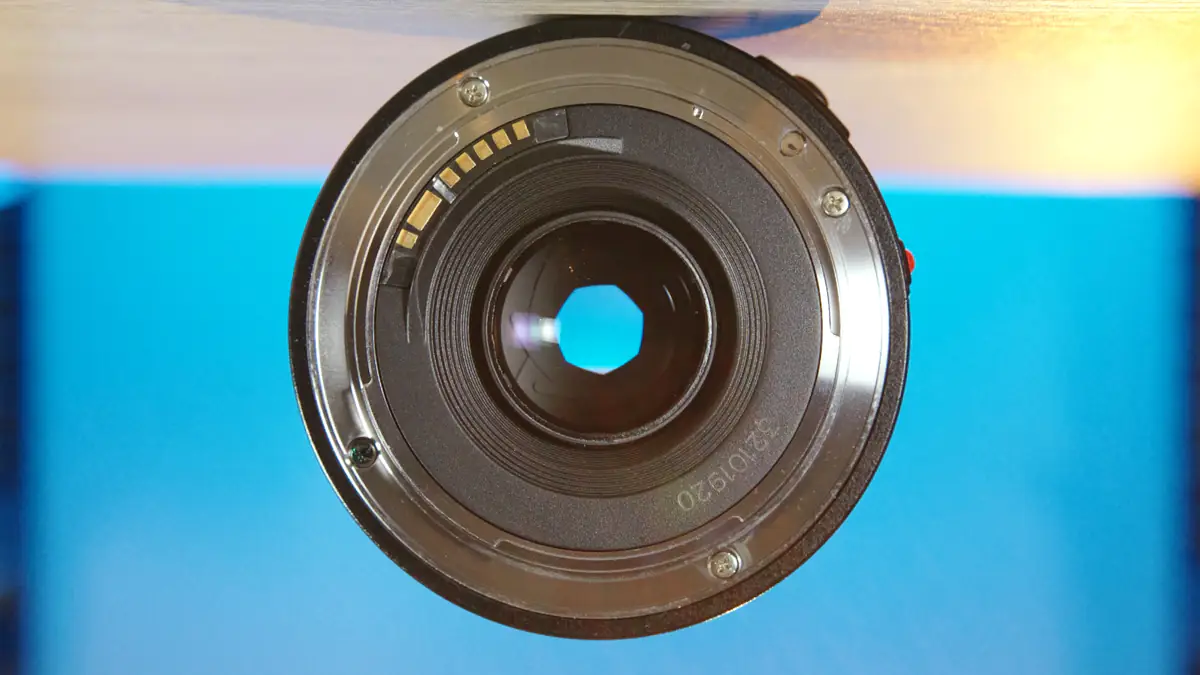
I’ve had the Panasonic Lumix G7, Blackmagic Pocket Cinema Camera 4K, Canon EOS R6, and was considering the Fujifilm X-H2 and Sony FX30 before settling on the Panasonic Lumix S5 IIX. I also reviewed the Lumix GH7. And with all seven of these cameras—across different sensors and from different manufacturers—the Yongnuo YN35 F2C works with an adapter. Essentially, I could have bought it six years ago and would still be using it today.
Rationality
Of course, you might say—and some of you have commented—that if I have a $2000 camera, why not spend an extra $200 or $300 on a lens? My answer is simple: it’s hard because I didn’t choose my camera based on my current financial situation, like buying something that’s within my budget. I overpaid for the camera and went into debt, but it was the right decision. The S5 IIX had critical features that were far more important for my workflow than expensive lenses.
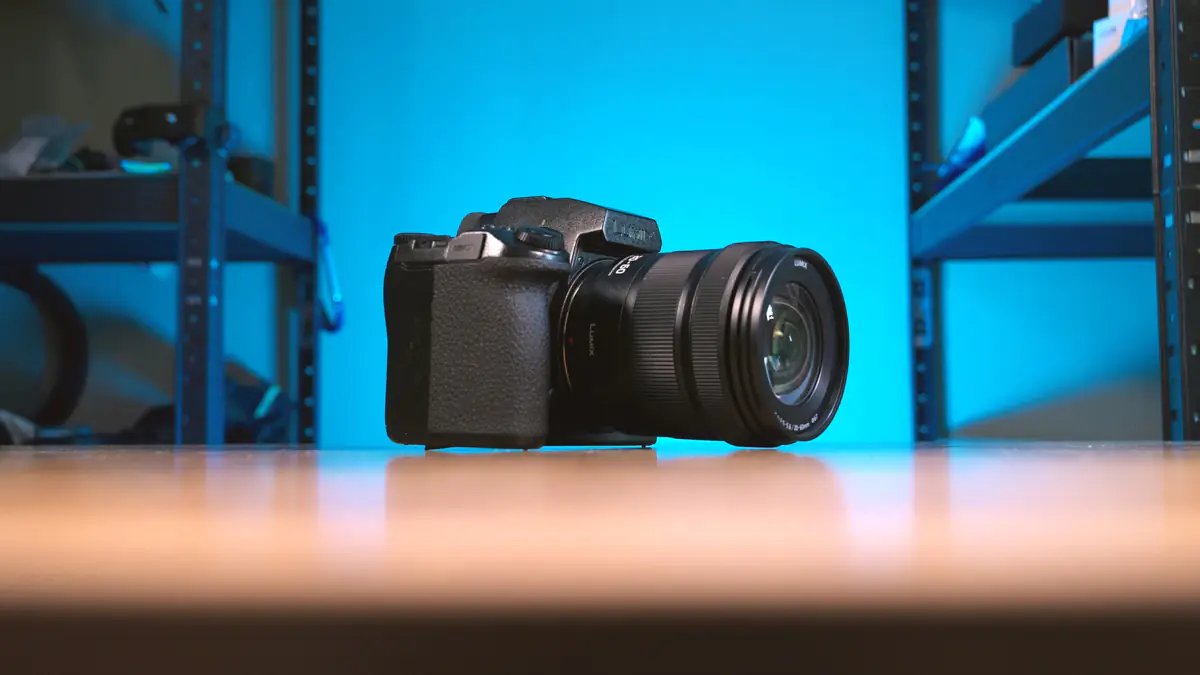
Focus pulling, live cropping, full-frame, rule of thirds, Slow and Quick, SSD recording, future BRAW support, real-time LUTs, excellent audio chip, and active cooling—these are all features of the S5 IIX. It’s the only camera that offers all of this in one package. So, when I choose cameras, I base my decision not on price but on the features they offer. I wouldn’t trade my S5 IIX for a Sony FX3 or Canon R5C, even though I’ve studied and know their advantages.
Read also: Panasonic Leica DG Vario-Elmarit 12-60 review: The best in the world?
The point is, I went into debt buying the Panasonic, and I’m still not out of it. It’s an investment in the future, and it’s proving to be worth it. The downside, though, is that I can’t afford expensive lenses right now. And I’m sure I’m not the only one in this situation. If you’re in a different one, I’m truly happy for you. Everyone works with what they have, and I don’t want to impose my way of working on anyone else.
Moderate problems
However, the Yongnuo YN35 F2C does have its drawbacks. Optical image quality is not one of them. Clearly, the glass in the Yongnuo is not as good as the one in Canon’s branded lenses, and the image is noticeably softer. But I’ve probably shot around 50 videos with this lens, and personally, I really like the image quality. Yes, it’s for YouTube, but in 4K. And it’s $100 for full-frame. The example is below. And this isn’t even a photo; it’s video shot at F/2.0. I always shoot with the aperture wide open.

Yes, the F2C does suffer from noticeable focus breathing. Yes, the optical distortion is significant. But these are issues mainly when compared to branded lenses on the L Mount, which not only correct distortion but also have almost no focus breathing.
Big problems
The issues with the YN35 F2C stem from the cheapness of its mechanics. Imagine a relatively powerful gaming PC that runs Stalker 2 on medium to high settings without any issues. But it lacks a side panel, the SSD has no heatsink, the CPU cooler is cheap and loud, the power supply is covered in dust, and the power cable doesn’t fully connect to the GPU. The PC works, but how long will it keep running? It’s unpredictable. And you’d better not even breathe in its direction, because something is bound to break.
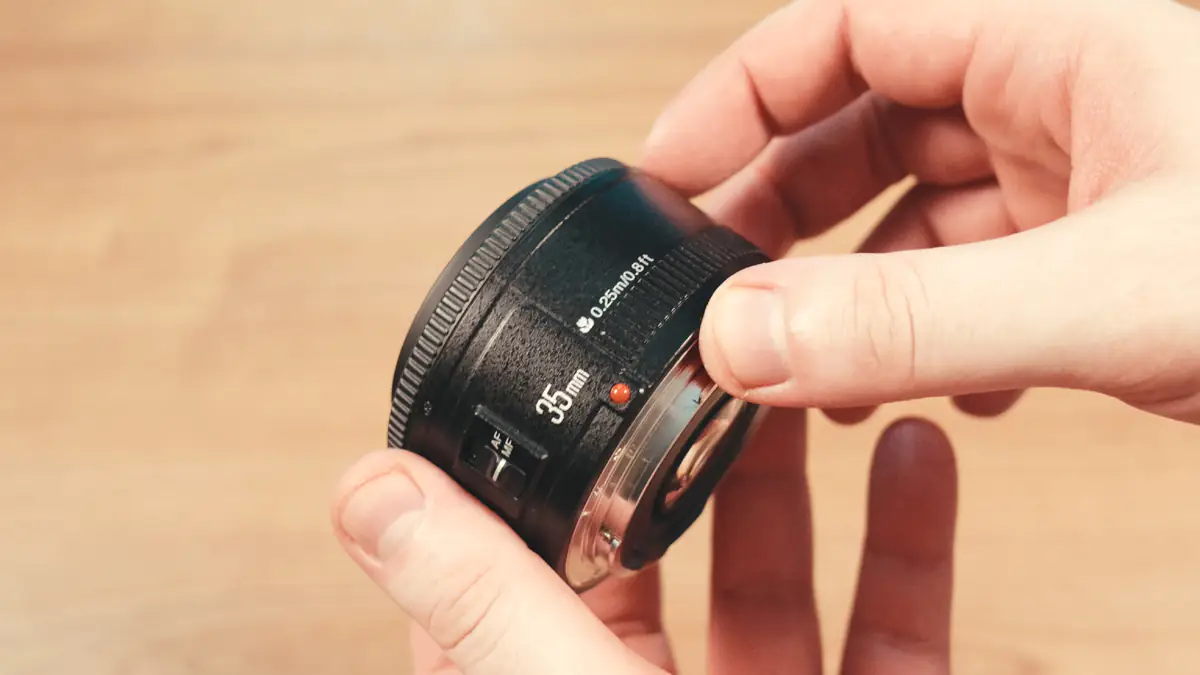
In simple terms, the difference between the Canon branded lens and the Yongnuo F2C lies in how much money the companies invested in the autofocus implementation. With Yongnuo, it’s very easy to break the autofocus. You can do this by switching the mode to AF and manually turning the control ring, or by applying force to the extending module.
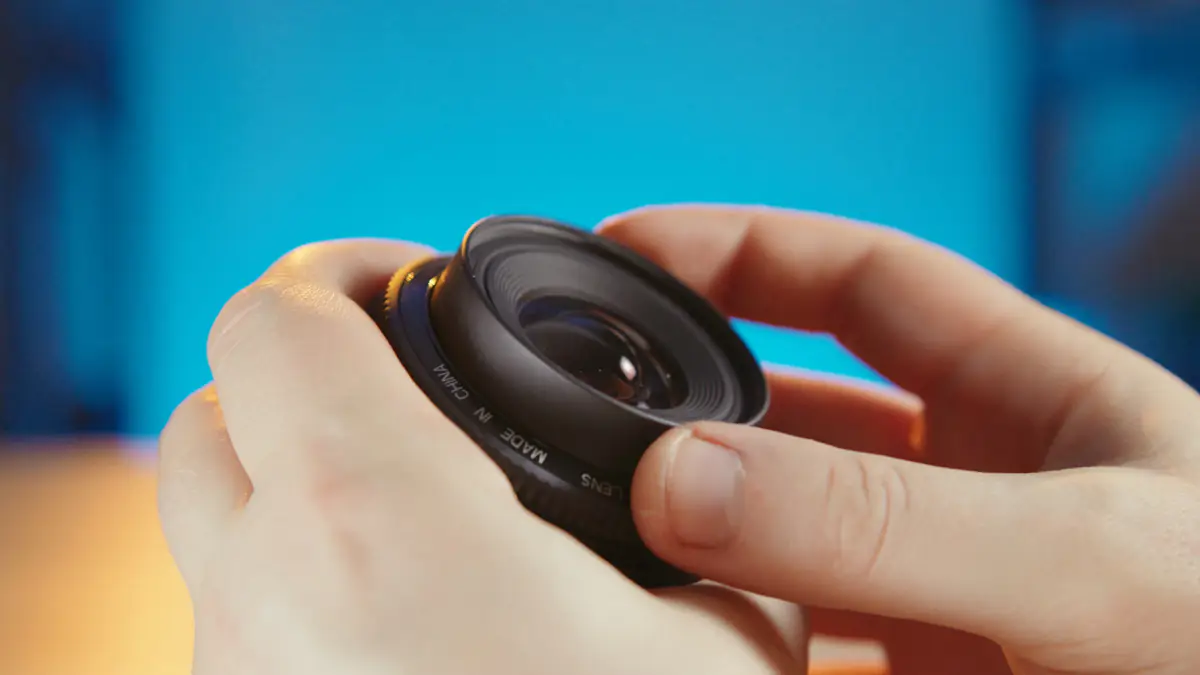
Or even lock the focus control ring while the autofocus is engaged. You could also attach a bunch of filters and magnification adapters to the lens with the module extended, and accidentally knock them while the camera is fixed on a tripod, for example.
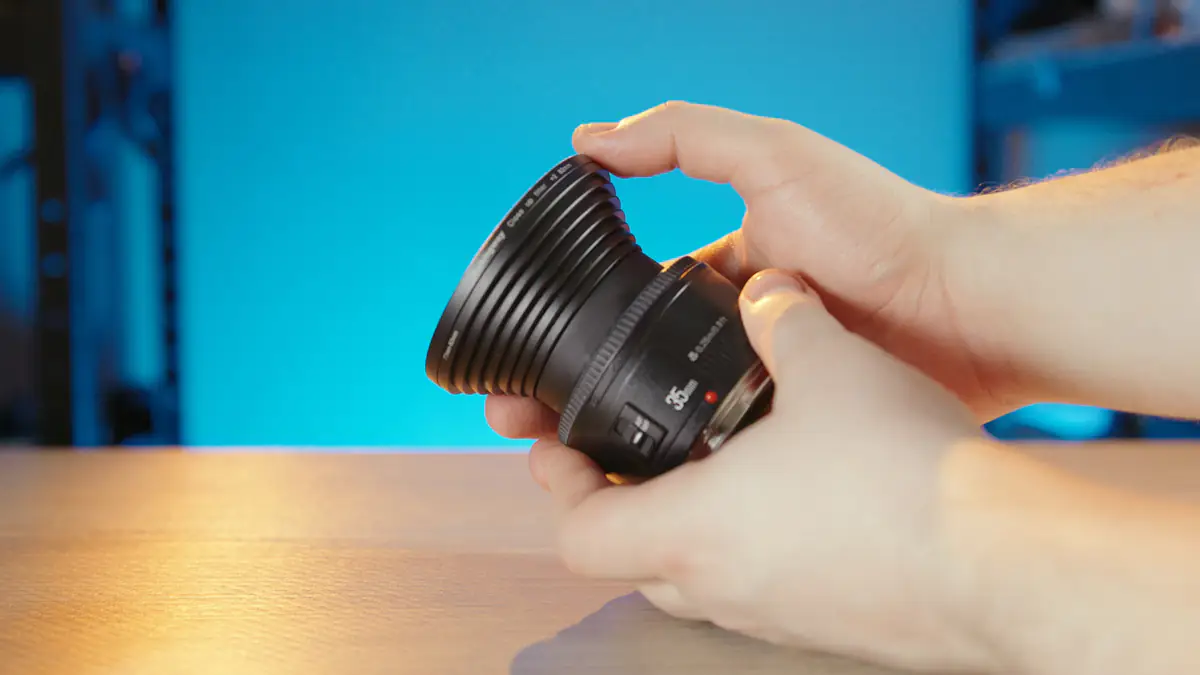
During use, I ended up sticking a lot of gaffer tape on the lens body. Why? Well, when the camera is placed on a table inside a semi-cage Tilta with a Ulanzi Claw platform at the bottom, I didn’t want the pressure to be put on the autofocus ring. When pressure is applied, the ring moves the camera, and it puts strain on the motor. I’m not sure if it would kill the motor, but I don’t want to take that risk.
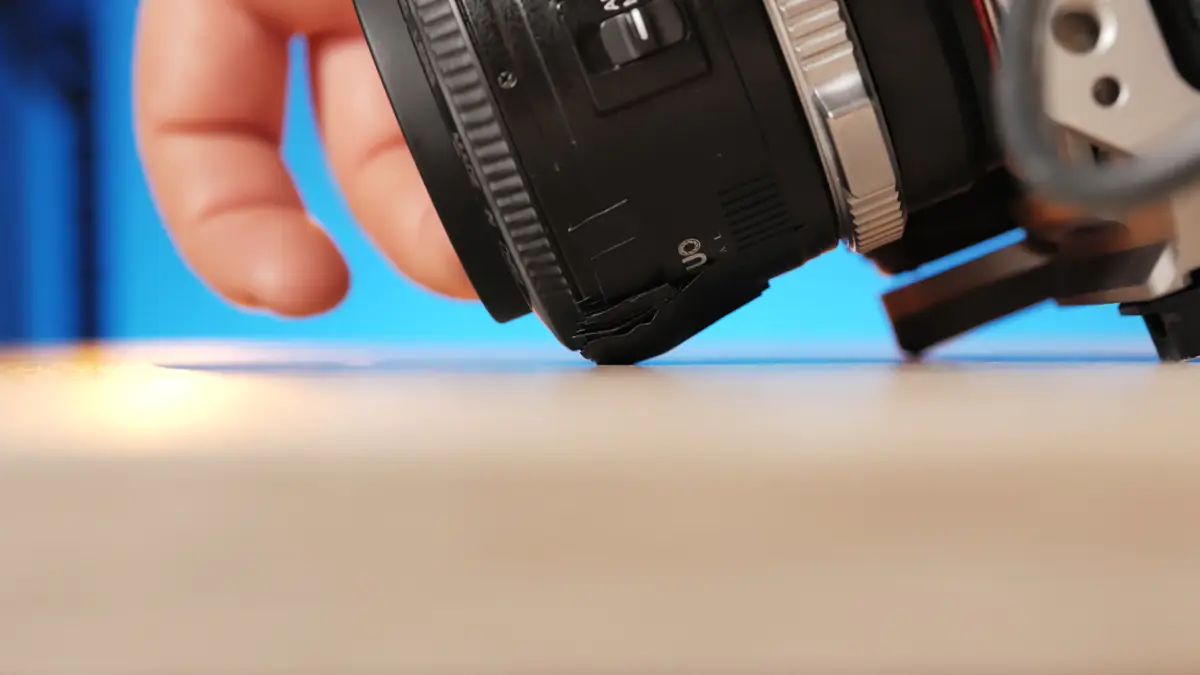
The mechanism is also noisy—something that’s not noticeable in the audio now because the camera is far away and I’m barely moving. But the mechanism is also… imprecise. If you’ve noticed in some of my videos that I slightly miss focus on close-ups, that’s because of the autofocus mechanism in the Yongnuo YN35 F2C. Why does this happen? It’s due to the official term, “stepper motor tolerance,” or “angular tolerance.”

In simple terms, this refers to the number of teeth on the gear of the autofocus mechanism. The more teeth there are, the more steps the autofocus motor will take across the entire focal length of the lens. The closer you get to the object, the more critical the focus accuracy becomes.
A good analogy is that the motor is like a ruler, and the motor’s “step” is the smallest unit of measurement. For Canon lenses, the increments are every millimeter, while in the Yongnuo YN35 F2C, they’re every 5 millimeters. If you need to measure a 2-meter person, 5mm isn’t a big deal. If you need to measure a 50-meter building, 5mm is negligible. But if you’re trying to measure a 3mm label on a keyboard, 5mm increments simply won’t cut it.
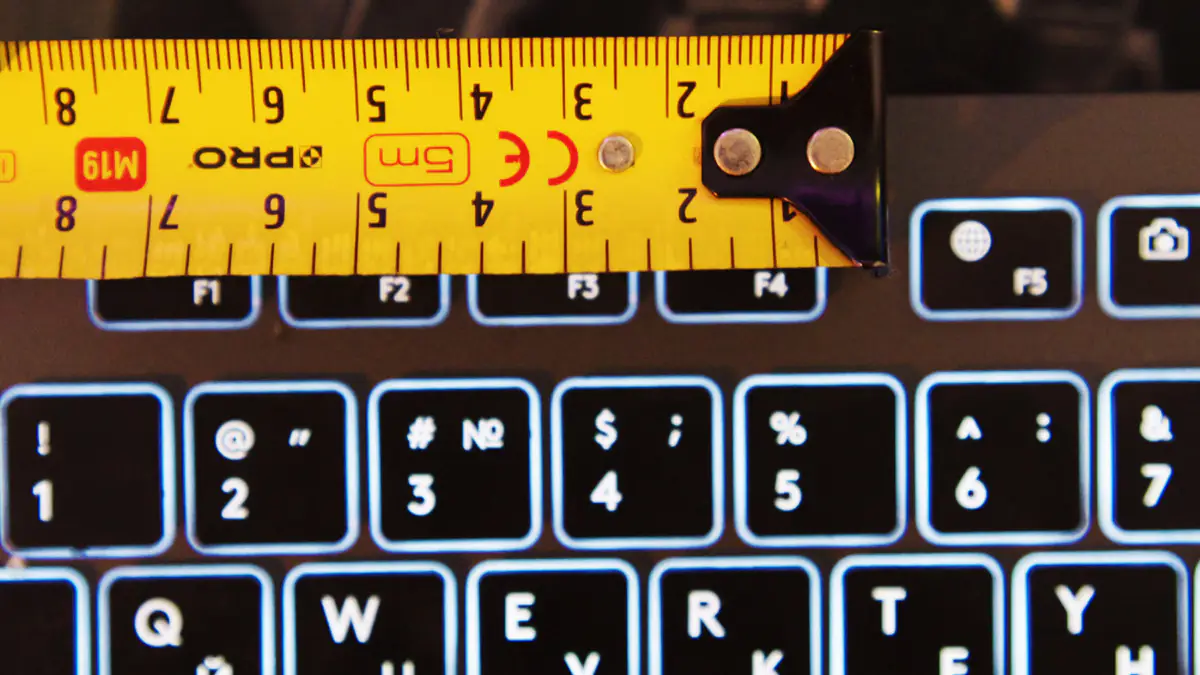
The same issue will arise with the Yongnuo YN35 F2C when doing macro photography. Yes, the minimum focus distance of 25 cm is great, but you’ll often need to move back and forth to compensate for the lack of precision. And no, you can’t easily fine-tune the focus manually as you would with branded lenses—this can only be done after switching to manual focus mode. Additionally, the autofocus module tends to become loose, especially if you attach even a relatively light filter to it.
Software problems
And then there are the software issues, particularly with the Viltrox EF-L Pro adapter. Specifically, in the Slow and Quick mode on the S5 IIX, the Yongnuo YN35 F2C’s continuous autofocus doesn’t work. The single-shot autofocus also has significant failures. Additionally, focus pulling doesn’t work at all—it doesn’t even turn on.
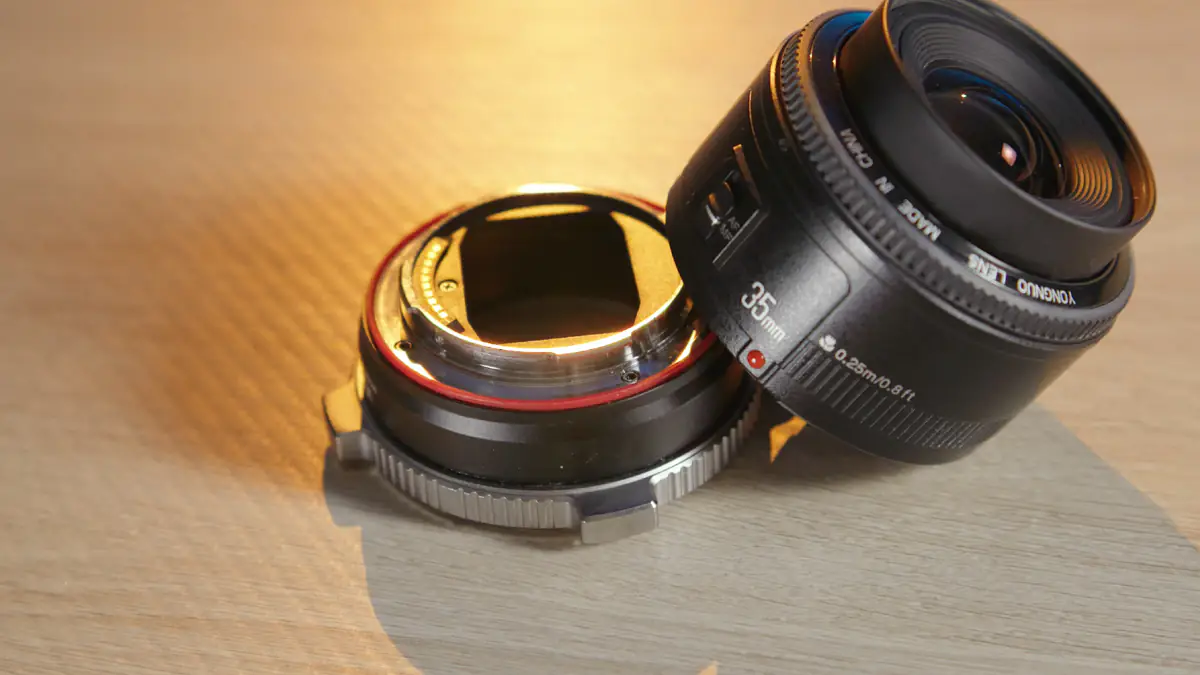
So, two out of the 10 features I bought the S5 IIX for are either partially or completely non-functional. Plus, the lens stops autofocusing automatically when the aperture is smaller than F9. So, the less bokeh in the frame, the worse the autofocus performs, which is frankly ridiculous.
Solution of the problem
So, has anything nearly as cheap but a bit more reliable come out in the past 9 years? Apparently, NO… at least when judging by Canon EF. Why would new lenses appear on an “End of Life” mount? However, if we take something like the Leica L mount, you get the Meike 35mm F2.0. It costs about the same as the Yongnuo YN35 F2C plus the cheapest EF-L adapter, but it has less versatility.
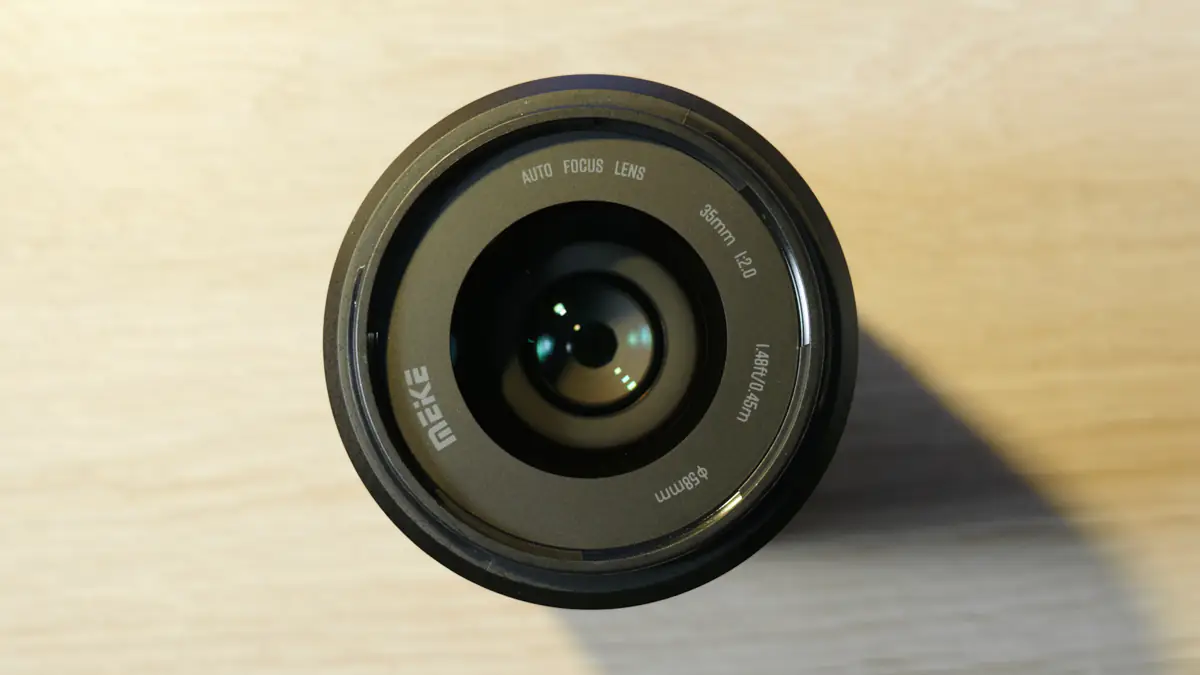
Conclusions
The Yongnuo YN35 F2C is both one of the most versatile lenses (possibly one of the most versatile in the world) and highly limited at the same time. It’s useful, important, and indispensable in certain situations. Yes, it’s fragile. Yes, it’s prone to glitches. But for an average price of $100, there is nothing fundamentally better available. With a lack of competition in this price range, I can recommend it. Thankfully, as alternatives are finally starting to appear for specific lens bayonets, recommending the YN35 F2C will become less and less necessary.
Read also:
- Mazda CX-30 SPORT BLACK Review – What Can a Compact SUV Do?
- What is DeepSeek and Why is Everyone Talking About It?
- Tectonic Shifts in AI: Is Microsoft Betting on DeepSeek?


